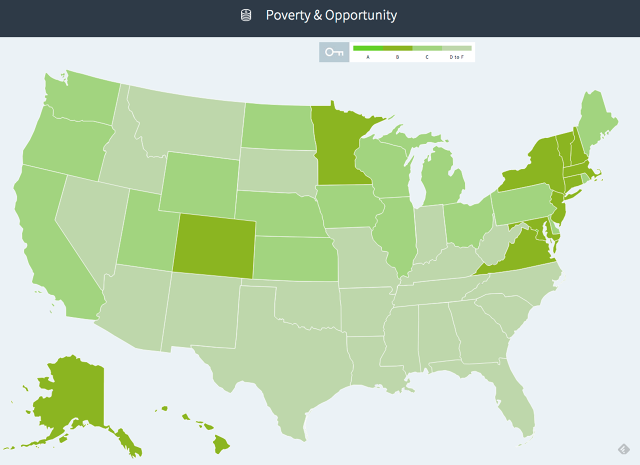The status of girls: How The U.S. Compares State To State
girls, hear up: move to D.C.
may just 7, 2015
In some ways in which they didn’t use to be, women in the usa nowadays are now utterly equal to men; for instance, of their get entry to to greater education or the voting sales space. but on numerous other measures, ladies don’t seem to be that equal at all. actually, in some states, they nonetheless appear downright discriminated towards.
The Institute for women’s policy research (IWPR) just lately released two stories comparing the “standing of women” in several U.S. states. Compiling figures for median annual earnings, the “gender earnings ratio,” personnel participation and the percentage of women working in managerial or skilled occupations, it finds that states like Massachusetts, Maryland, and New Jersey are a just right deal kinder to ladies than West Virginia, Idaho, and Louisiana.

Likewise, on measures of poverty and opportunity, Northeastern states most often provide higher life possibilities for women than many Southern states. Mississippi, Arkansas, and West Virginia come out worst in the rankings. The District of Columbia comes out very best.
but in no state would you call ladies equal, as a minimum now not in keeping with the stats. throughout the us of a, women still earn seventy eight.three% of what men do and that number has risen only 1.7% within the final 13 years. In many ways, women have been going backwards: fewer women now work (fifty seven%) compared to a decade in the past, for instance.
The experiences find little progress from the final time IWPR studied the question, in 2004. And, according to these tendencies, it can be now not optimistic concerning the future both. It predicts that america as an entire is not going to have pay equality until 2058. And, in some states, it will take a just right deal longer than that: Wyoming girls won’t be equal unless 2159.

The poverty and probability index covers medical health insurance coverage, college schooling, industry possession, and poverty charges. the proportion of women getting a bachelor’s stage grew 6.9% from 2004 (in fact, extra girls than males now achieve college levels), whereas the proportion owning their businesses rose from 26% to 28.eight%.
And yet, superior qualifications didn’t necessarily translate into larger wages. absolutely 36.3% of millennial ladies have bachelor’s levels, when compared with simplest 28.three% of millennial males. however millennial girls have decrease revenue in all however one state, and their rates of poverty are consistently decrease, as in in every single place.
we could quibble somewhat about probably the most data choices. as an example, the revenue index seems to skew towards full-time work after we recognize that girls are more likely to work phase-time than men are. but nonetheless, the general conclusions are stark. ladies nonetheless are not equal and, in some places, they’re still now not equal in any respect.
[Cover Photo: Nick Dolding/Getty Images]
(134)














